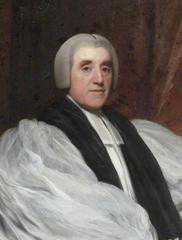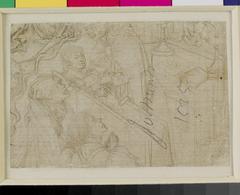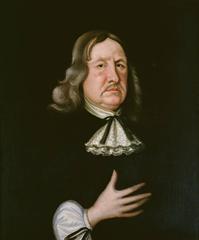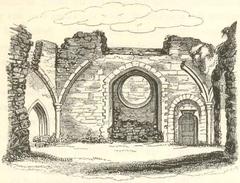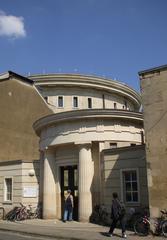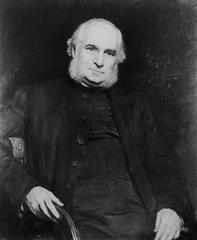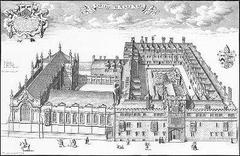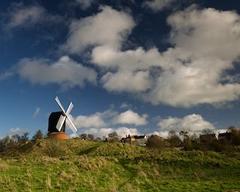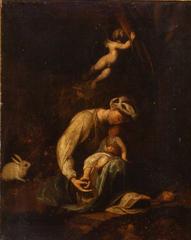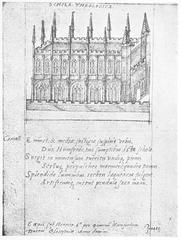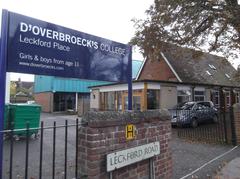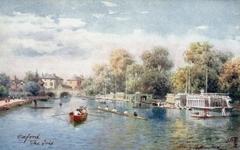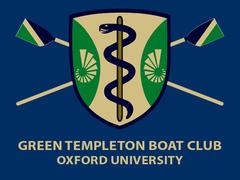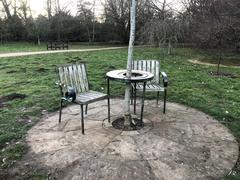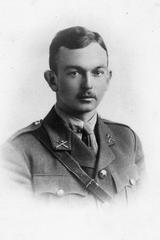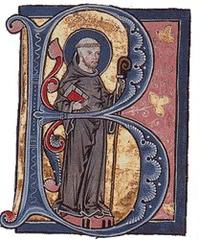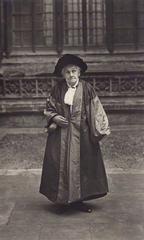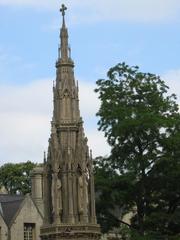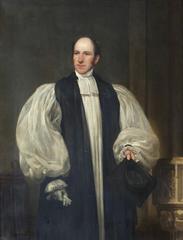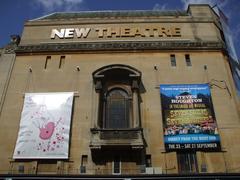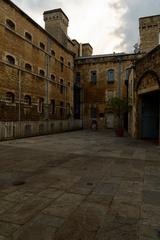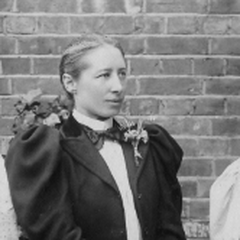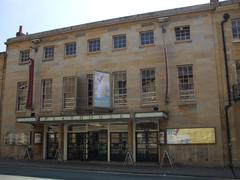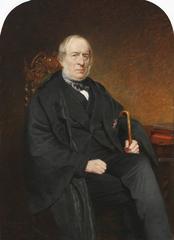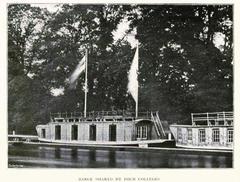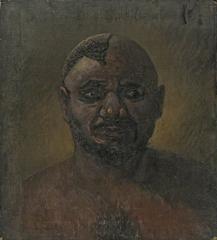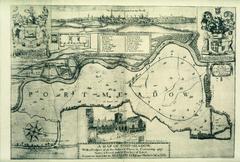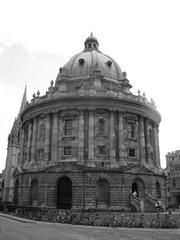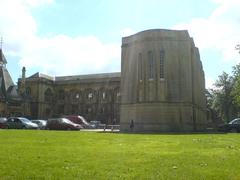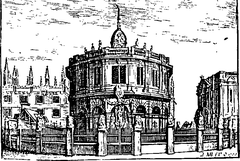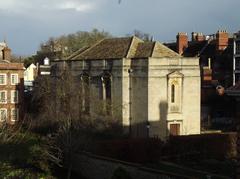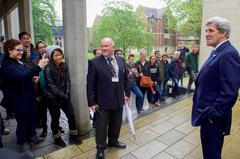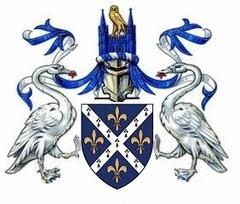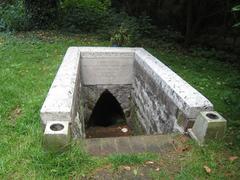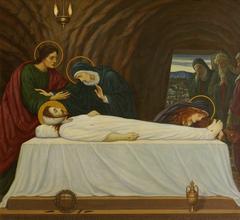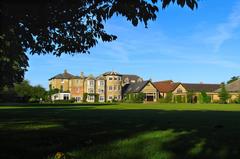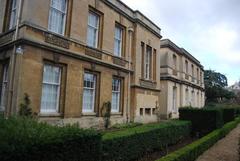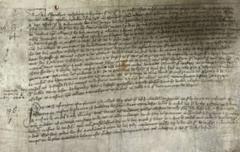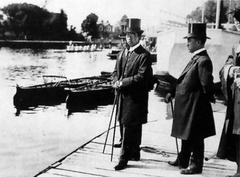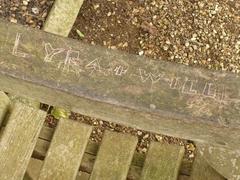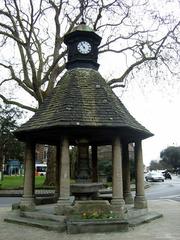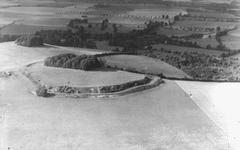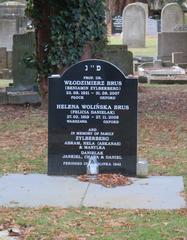
Oxford Martyrs Visiting Hours, Tickets, and Historical Sites Guide
Date: 04/07/2025
Introduction
The Oxford Martyrs—Thomas Cranmer, Hugh Latimer, and Nicholas Ridley—are pivotal figures in England’s religious history, emblematic of the seismic shifts that defined the English Reformation. Their martyrdom in 16th-century Oxford underlines a period of intense religious turbulence, marked by the struggle between emerging Protestant movements and Catholic orthodoxy. Today, the memorials and execution sites dedicated to the Oxford Martyrs serve as powerful reminders of these transformative events and offer visitors a deep connection to England’s evolving spiritual and cultural identity.
This guide provides a comprehensive overview for anyone interested in exploring the Oxford Martyrs’ legacy. It includes in-depth historical context, practical information about visiting hours and accessibility, details on guided tours and commemorative events, and tips for making the most of your visit. Whether you are a history enthusiast, a pilgrim, or a curious traveler, these sites offer a unique window into England’s past and its ongoing narrative of faith and reform.
For a more immersive experience, visitors are encouraged to consult resources such as the British Pilgrimage Trust, Visit Oxfordshire, and the Audiala app.
Contents
- Introduction
- The Oxford Martyrs: History and Significance
- The English Reformation
- The Martyrs’ Fates
- The Execution Site and Martyrs’ Memorial
- Broader Religious Context
- Oxford’s Role in English Christianity
- Visiting the Oxford Martyrs Sites
- Location and How to Get There
- Visiting Hours and Ticket Information
- Accessibility
- Guided Tours and Special Events
- Photography and Visitor Tips
- Nearby Attractions
- Preservation and Community Engagement
- Frequently Asked Questions (FAQ)
- Conclusion and Recommendations
- Sources
The Oxford Martyrs: History and Significance
The English Reformation
The story of the Oxford Martyrs is inseparable from the English Reformation—a period of intense religious and political change in 16th-century England. Under King Henry VIII, England broke from the Roman Catholic Church, leading to cycles of reform and persecution as the monarchy passed between Protestant and Catholic rulers. The most infamous wave of persecution came under Queen Mary I, whose efforts to restore Catholicism led to the execution of prominent Protestant leaders, including the Oxford Martyrs (British Pilgrimage Trust).
The Martyrs’ Fates
Thomas Cranmer
As Archbishop of Canterbury, Thomas Cranmer was a principal architect of the Church of England’s doctrine and the Book of Common Prayer. Despite being pressured into recanting his Protestant beliefs while imprisoned, Cranmer ultimately reaffirmed his faith and was burned at the stake on March 21, 1556 (British Pilgrimage Trust).
Hugh Latimer and Nicholas Ridley
Bishops Hugh Latimer and Nicholas Ridley, both outspoken reformers, were executed together on October 16, 1555. Latimer’s reputed last words—“Be of good comfort, Master Ridley, and play the man: we shall this day light such a candle, by God’s grace, in England, as I trust shall never be put out”—have become famous symbols of steadfast faith (British Pilgrimage Trust).
The Execution Site and Martyrs’ Memorial
The executions took place outside Balliol College on Broad Street, now marked by a modest cross set into the pavement. Nearby stands the Martyrs’ Memorial, a striking neo-Gothic monument designed by Sir George Gilbert Scott and completed in 1843. The memorial features statues of the three martyrs and serves as a central point for commemoration and reflection (Audiala).
Broader Religious Context
The Oxford Martyrs represent just a fraction of those affected by the religious turmoil of the Reformation. Their deaths are situated within a larger narrative of persecution and reform, contributing to the complex legacy of religious tolerance and dissent in British history (British Pilgrimage Trust).
Oxford’s Role in English Christianity
Oxford has long been a center of religious and academic life in England. The city’s churches, colleges, and public spaces have witnessed key moments in the nation’s spiritual development, including the trials and executions of the martyrs. Sites such as the University Church of St Mary the Virgin further enrich Oxford’s religious landscape, offering memorials and historical context for visitors (British Pilgrimage Trust).
Visiting the Oxford Martyrs Sites
Location and How to Get There
- Martyrs’ Memorial: Located at the intersection of St Giles’, Magdalen Street, and Beaumont Street, the memorial is centrally positioned within easy walking distance of Oxford’s major attractions (Wikipedia).
- Execution Cross: Found on Broad Street, outside Balliol College, this site is a short stroll from the memorial.
Both sites are accessible by foot, bicycle, or public transport. Oxford’s main bus and train stations are within a 10–15 minute walk, and numerous city buses stop nearby (Explorial).
Visiting Hours and Ticket Information
- Martyrs’ Memorial and Execution Cross: Both are open-air public sites accessible 24/7, with no admission fees or ticket requirements (Audiala).
Other relevant sites:
- University Church of St Mary the Virgin: Open daily, typically 9:00 AM–5:00 PM. There is a small fee for tower access (Insider’s Oxford).
- Ashmolean Museum and Balliol College: Both are nearby and offer additional context for visitors.
Accessibility
The sites are generally accessible, with paved surroundings and pedestrian-friendly routes. The Martyrs’ Memorial can be fully appreciated from the pavement, though its steps might present a minor challenge. The Execution Cross is embedded in the cobbled pavement; visitors with mobility concerns should take care (Oxford History).
Guided Tours and Special Events
Oxford’s Martyrs’ Memorial and related sites are featured in numerous guided walking tours, many led by local historians or university students. These tours often cover broader Reformation history and include stops at Balliol College, the University Church, and the Bodleian Library (Nomadic Matt). Special commemorative events and reenactments are held on key anniversaries—check local event listings and university calendars for the latest information (Audiala).
Photography and Visitor Tips
- Visit in early morning or late afternoon for optimal lighting and fewer crowds.
- Be respectful when photographing the memorials, especially during commemorations.
- Use nearby benches for rest and reflection; amenities such as public restrooms and cafes can be found close by (BBC News).
Nearby Attractions
Enhance your visit by exploring these nearby sites:
- Ashmolean Museum: Britain’s oldest public museum, free admission.
- Balliol College: Offers guided tours, including the historic doors associated with the martyrs.
- Bodleian Library: One of the world’s oldest libraries, open for tours.
- University Church of St Mary the Virgin: Hosts memorials and offers panoramic city views from its tower.
Preservation and Community Engagement
Restoration Efforts
By the late 20th century, the Martyrs’ Memorial showed significant wear due to weathering and pollution. Restoration, led by the Oxford Preservation Trust and Oxford City Council, culminated in 2003 with comprehensive repairs and cleaning. Statues and heraldic shields were restored, and the memorial was removed from the Buildings at Risk register (Oxford Mail).
Ongoing Maintenance
Regular inspections and prompt repairs—such as those carried out in 2024—ensure that the memorial remains safe and dignified for future generations (BBC News).
Community Significance
The Martyrs’ Memorial’s restoration reflects strong community support for preserving Oxford’s heritage and upholding the memory of those who shaped its history (Oxford Preservation Trust).
Frequently Asked Questions (FAQ)
Q: Do I need a ticket to visit the Martyrs’ Memorial or Execution Cross?
A: No, both are outdoor public monuments with free, unrestricted access.
Q: What are the visiting hours?
A: Both sites are accessible 24/7 year-round.
Q: Are the sites wheelchair accessible?
A: The area around the Martyrs’ Memorial is paved and generally accessible; the Execution Cross is set in cobblestones, so wheelchair users should exercise caution.
Q: Can I join a guided tour?
A: Yes, many local companies offer guided walking tours that include the Martyrs’ Memorial and related sites.
Q: Are there commemorative events?
A: Annual services and historical reenactments are held, especially around the execution anniversaries.
Conclusion and Recommendations
Visiting the Oxford Martyrs’ Memorial and the Execution Cross provides a profound encounter with the city’s religious and cultural history. These sites are freely accessible, centrally located, and surrounded by some of Oxford’s most significant historical attractions. With guided tours, commemorative events, and ongoing preservation, the legacy of the Martyrs remains vibrant and relevant.
To deepen your experience, download the Audiala app for audio guides, consult Visit Oxfordshire for travel planning, and consider joining a local tour for expert insights.
Plan your own historical journey—walk in the footsteps of the Oxford Martyrs and discover the enduring impact of faith and conviction in the heart of Oxford.
Sources
- Martyrs Monument and Execution Cross - British Pilgrimage Trust
- Visit Oxfordshire Official Tourism Site
- Martyrs’ Memorial, Oxford - Audiala
- Martyrs’ Memorial, Oxford - Wikipedia
- Martyrs’ Memorial and Historical Sites - Christian Heritage
- Martyrs’ Memorial Restoration - Oxford Preservation Trust
- Oxford Martyrs - British Archaeology, Ashmolean
- Insider’s Oxford
- Explorial Oxford Martyrs Memorial
- Nomadic Matt’s Oxford Guide
- Oxford History St Giles Tour
- Oxford Mail
- BBC News: Martyrs’ Memorial Repairs

